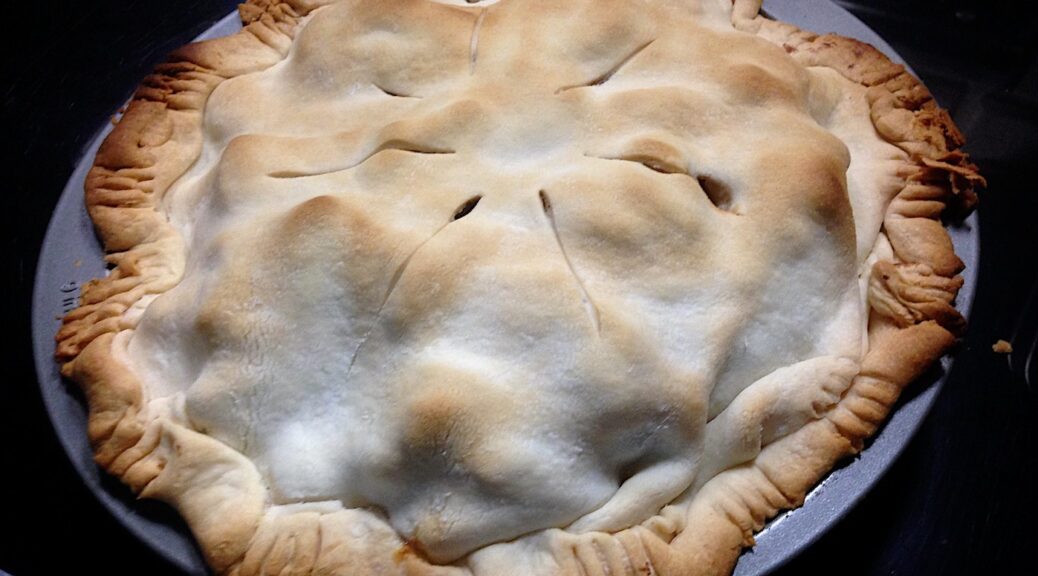
How to Make Perfect Pie Crust
Not many people make their own pie crusts these days. With refrigerated and frozen pie crusts available in grocery stores, it’s easier to buy a pie crust and add your own filling. Premade pie crusts became available in the U.S. in the mid-1950s.
Quote from an 1800s cookbook: “Few people know what really good pastry is. Fewer still can make it. It has no inevitable resemblance either to putty or leather. It is light, crisp, flaky, goodly to behold—goodlier to the taste.
Perhaps the greatest objection to pies is the length of time it takes to make them, for paste that will make a tender crust cannot be rolled out in a hurry. It is better to have something else for dessert when one has not time to make a good pie.”
INFORMATION BELOW FROM 1800s COOKBOOKS
Pie-crust perfection depends on several things—good flour, good fat, good handling, and most especially, good baking. A hot oven,* quick but not scorching, expands the air betwixt layers of paste, and pops open the flour-grains, making them absorb the fat as it melts, thereby growing crisp and relishful instead of hard and tough.
*hot oven – about 400-450 degrees Fahrenheit.
Always use pastry flour (winter wheat) for pie crust. Bread flour requires more shortening, creeps together when rolled and does not make a nice, tender crust when you have done your best with it. The lighter and drier the flour the better—in very damp weather it is best oven-dried, then cooled before mixing.
Shortening, whether lard, butter, or clarified dripping, should be very cold—unless your recipe demands that it be softened or melted. Butter, being more wholesome than lard, should always be used if it can be afforded. A mixture of lard and butter is next best. Clarified dripping* makes a good crust for meat pies.
*dripping/drippings – the fat and juices from the roasting pan when cooking meat.
Butter intended for pastry should be washed carefully in several clear, cold waters, and kneaded while under water to extract the salt. Then wipe it dry and lay it in a cold place until you are ready to work it in.
Rub in shortening very lightly, using only the finger-tips—the palms will melt or soften it. Add milk or water, a little at a time, mixing it in with a broad-bladed knife rather than the hands. Mix lightly—so the paste barely sticks together.
“Keep cool,” is a cardinal motto for pastry-makers. A marble slab is a good thing to roll out paste upon. Next to this, the best article is a clean board of hard wood, which is never used for any other purpose. It is harder to make good pastry in warm weather than cold, on account of the tendency of the butter to oil, and thus render the crust heavy and solid.
Milk or water used in mixing ought to be likewise well chilled, unless the shortening is soft—in that case, match its temperature. The regular rule is a half-pint ice water to the pound of flour, using chilled shortening. If the fat is semi-fluid, the paste must be mixed softer, using three parts of a pint to the pound.
It is a fault to roll paste out too thin; for if it has not sufficient substance, it will, when baked, be dry and tasteless.
Pies should always be left so that a current of air will pass under them while cooling to keep the crust from soaking.
All pies are best the day they are baked. If kept twenty-four hours, the paste falls and becomes comparatively hard, heavy, and unwholesome.
——————————————–
COMMON PASTE FOR PIES
A pound and a half of sifted flour and three-quarters of a pound of butter, washed, will make one large pie or two small ones.
Sift the flour into a pan. Cut the butter into two equal parts. Cut one half of the butter into the flour, and cut it up as small as possible. Mix it well with the flour, wetting it gradually with a little cold water.
Spread some flour on your paste-board, take the lump of paste out of the pan, flour your rolling-pin, and roll out the paste, always away from you, into a large sheet. Then stick it over with the remaining half of the butter in small pieces, and laid at equal distances. Throw on a little flour, fold up the sheet of paste, flour it slightly, and roll it out again.
Fold it up, and cut it in half or in four, according to the size of your pies. Roll it out into round sheets the size of your pie-plates, pressing rather harder on the rolling-pin. Butter your pie-plates, lay on your under crust, and trim the edge.
Fill the dish with the ingredients of which the pie is composed, and lay on the lid, in which you must prick some holes, or cut a small slit in the top. Crimp the edges with a sharp knife. Heap up the ingredients so that the pie will be highest in the middle.
Test the oven by placing a small piece of bread on the shelf. If it brown in half a minute, the heat is correct. Bake in the hottest part of the oven for the first five minutes, then remove to a cooler part.
——————————————–
PUFF PASTE
Have one pound of flour, three-quarters of a pound of butter, one teacup* of ice-water, one teaspoon of salt, one teaspoon of sugar, and the yolk of one egg.
*teacup – same as a jill or gill; four ounces U.S.
Wash the butter and divide into three parts, reserving a bit the size of an egg. Put it on the ice for an hour. Rub the bit of butter, the salt, and sugar, into the flour, and stir in the ice-water and egg beaten together. Make into a dough, and knead on the molding-board till glossy and firm: at least ten minutes will be required.
Roll out into a sheet ten or twelve inches square. Cut a cake of the ice-cold butter in thin slices, or flatten it very thin with the rolling-pin. Lay it on the paste, sprinkle with flour, and fold over the edges. Press it in somewhat with the rolling-pin, and roll out again. Always roll from you. Do this again and again till the butter is all used, rolling up the paste after the last cake is in, and then putting it on the ice for an hour or more. The repeated rollings out and foldings demanded by real puff paste is to enclose between the layers of paste as much air as possible.
Make a plainer paste for the bottom crust. Have the filling all ready, and let the paste be as nearly ice-cold as possible when it goes into the oven. Press the edges closely down, crimping or notching them with a sharp small knife.
In baking, beware opening the oven door until the paste has risen fully and becomes slightly crusted over.
=================================================
The Pie and Pastry Bible is your magic wand for baking the pies, tarts, and pastries of your dreams—the definitive work by the country’s top baker.
More than 300 recipes, 200 drawings of techniques and equipment, and 70 color pictures of finished pies, tarts, and pastries
=================================================
Do You Make Your Own Pies? Please Leave a Comment Below.
=================================================

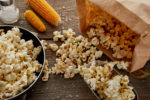
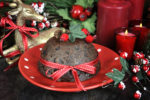
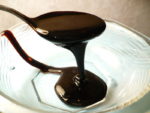
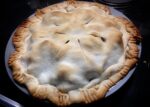

One thought on “How to Make Perfect Pie Crust”
MMMM! This post makes me hungry. I love pie.